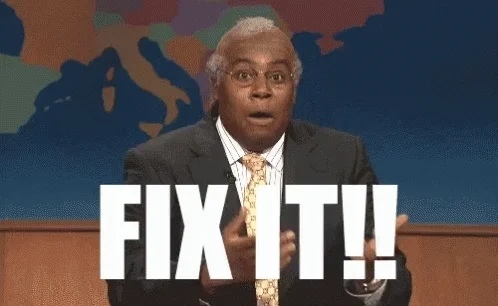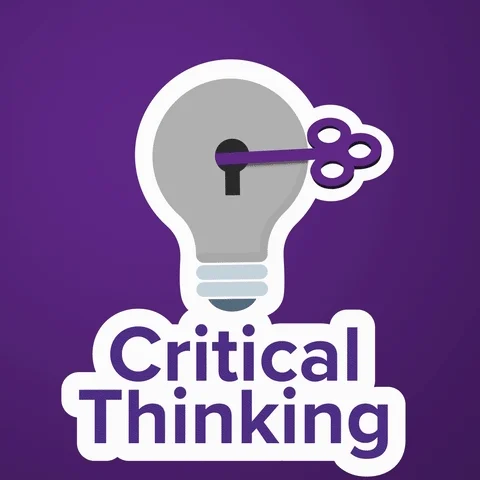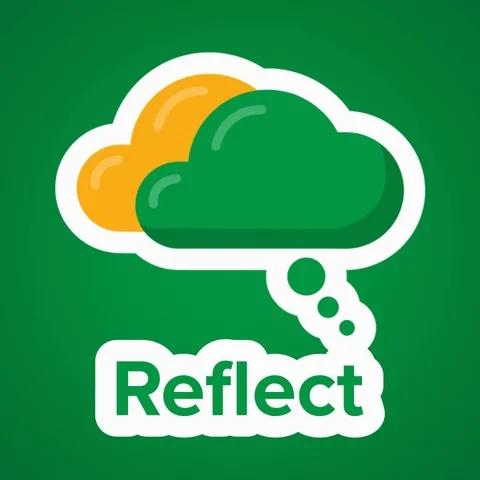
This logo isn't an ad or affiliate link. It's an organization that shares in our mission, and empowered the authors to share their insights in Byte form.
Rumie vets Bytes for compliance with our
Standards.
The organization is responsible for the completeness and reliability of the content.
Learn more
about how Rumie works with partners.
Imagine that you're a college student working part-time as a barista in a cafe. Recently, the cafe has received several negative reviews about the quality of coffee drinks. Your supervisor asked you to fix this problem.

What are you going to do? Critical thinking skills will help you!
What is critical thinking?
Thinking critically means to objectively analyze information and come to a logical conclusion. You can collect data on a topic and sort it into two categories: relevant and irrelevant.
 Photo by Markus Winkler on Unsplash
Photo by Markus Winkler on UnsplashSteps to apply critical thinking skills

Explore the critical thinking steps:
Identify the problem
Recognize and define the problem you're trying to solve.
Perform adequate research
Gather information and data to gain a better understanding of the problem. Get information from various sources.
Determine the relevance of gathered information
After collecting information, assess its significance to the problem at hand.
Ask relevant questions
Asking questions helps to explore the problem further and uncover potential causes or contributing factors.
Here are questions you can consider asking:
Are there variables I'm not considering?
Am I evaluating relevant data and information from every perspective?
Is the gathered information factual and free of assumptions?

Identify an effective solution
Based on the research and analysis conducted, propose a solution to address the problem.
Present your solution
Communicate your findings and results to relevant parties, such as team members and shareholders.
Analyze the solution's effectiveness
After implementing the solution, monitor its impact and assess whether it effectively addresses the problem.

Quiz
As a customer service representative at a telecommunications company, you've received a call from a customer complaining about poor network connection on their phone. What is the best solution?
The answer "Ask for details about the bad connection" shows critical thinking because it involves looking into the problem enough to understand it before trying to fix it or get help. By getting details about the connection issue, the representative can offer more specific help or pass the problem to someone who can solve it.
Did you know?
The term "critical thinking" was coined by American philosopher and educator John Dewey in the book How We Think (1910).
Our example
Remember that supervisor of yours who wants you to fix the problem of customer complaints? What should you do as a barista using the steps of critical thinking?
Identify the problem
The problem is the increase in customer complaints about the quality of coffee drinks.
Perform adequate research
Review recent customer feedback and examine patterns in the types of complaints received.
Determine the relevance of gathered information
Analyze the feedback to identify common issues with coffee quality, such as taste, temperature, or presentation.
Ask relevant questions
Inquire about the freshness of ingredients, brewing techniques, or equipment calibration to better look into the problem.
Identify an effective solution
An effective solution could be to implement a new training program to improve barista skills and ensure consistency in coffee preparation.
Present your solution
Discuss the proposed training program with the cafe manager and gain approval to proceed with its implementation.
Analyze the solution's effectiveness
Monitor customer feedback following the training program's implementation to assess whether there's a noticeable improvement in coffee quality.
Take Action

You see how we can use critical thinking as a barista. Learn more about how you can use these steps to develop and improve your critical thinking skills in your life and at work:
This Byte has been authored by
Nina Vostrikova
E-learning developer
BA


